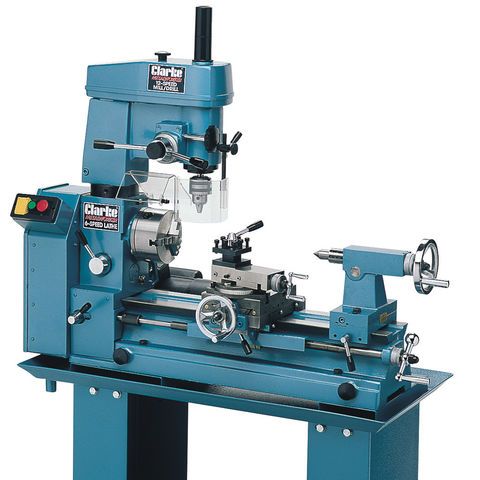Reverse thread cutting
Reverse thread cutting
- This topic has 39 replies, 20 voices, and was last updated 28 December 2018 at 17:40 by
mechman48.
- Please log in to reply to this topic. Registering is free and easy using the links on the menu at the top of this page.
Latest Replies
Viewing 25 topics - 1 through 25 (of 25 total)
-
- Topic
- Voices
- Last Post
Viewing 25 topics - 1 through 25 (of 25 total)





